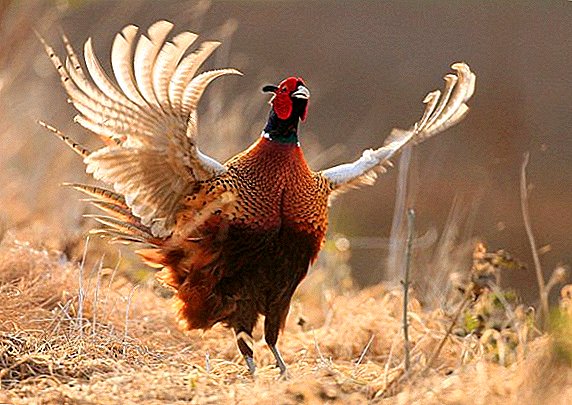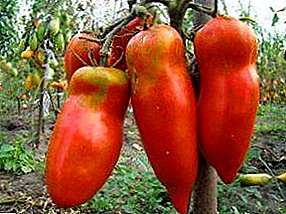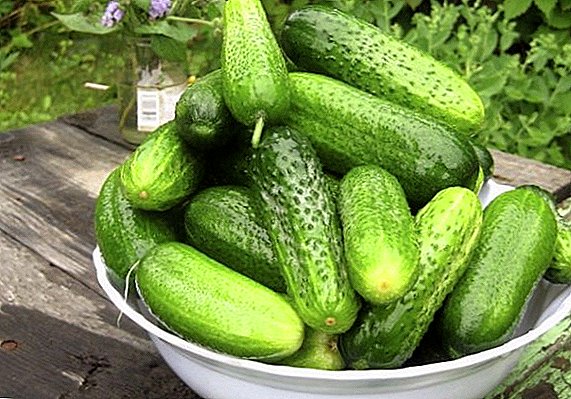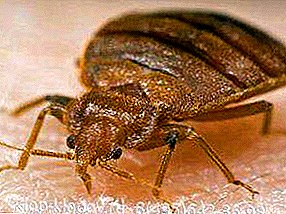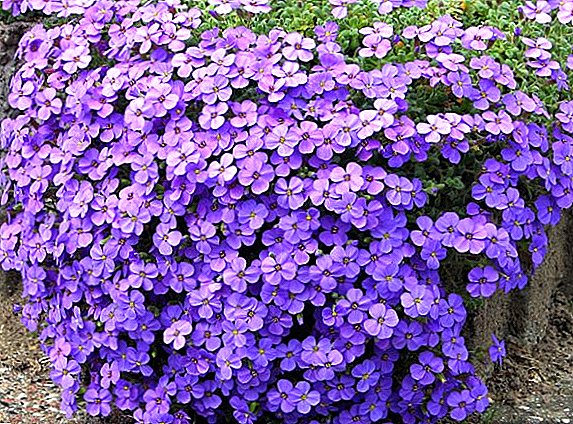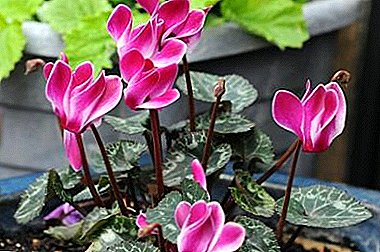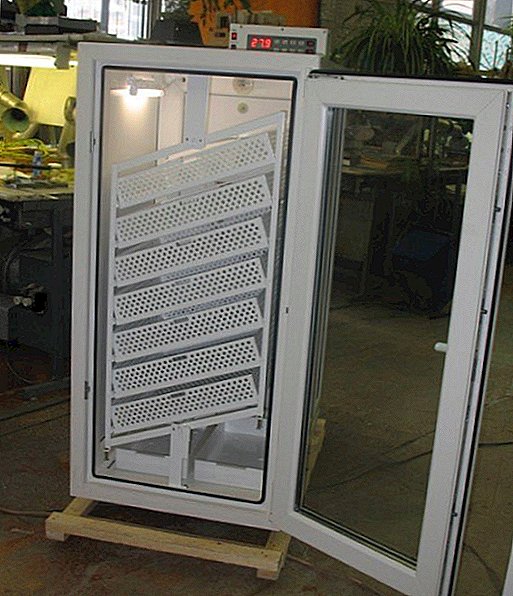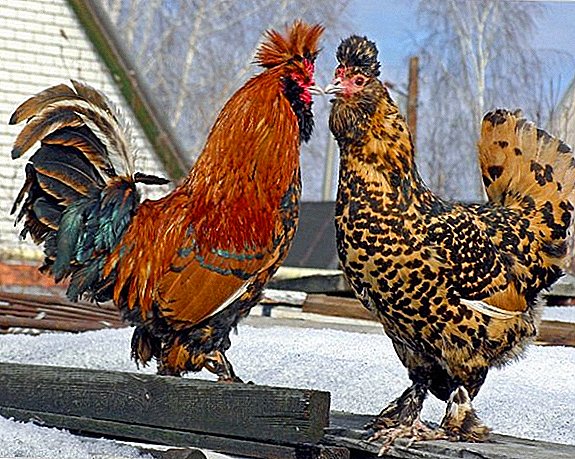 Alatau breed of cows belongs to the meat and dairy direction and is characterized by good milk yield with a high percentage of fat.
Alatau breed of cows belongs to the meat and dairy direction and is characterized by good milk yield with a high percentage of fat.
Representatives of the breed are quite hardy and can live in areas with any, including hot, climate.
History of origin
The breed was obtained in 1950 as a result of the crossing of Kyrgyz-Kazakh cows with Swiss oxen brought from Switzerland. Kyrgyz-Kazakh cows gave full-fat milk, but in small quantities, so the purpose of breeding was to improve their productive dairy performance.  Schwieck bulls are meat and dairy with improved stamina. In the Swiss canton of Schwyz, this breed was created with high pigment qualities.
Schwieck bulls are meat and dairy with improved stamina. In the Swiss canton of Schwyz, this breed was created with high pigment qualities.
The offspring obtained as a result of crossing turned out to be hardy, tall, with excellent meat and dairy qualities. Representatives of Alatau breed can live in a hot and temperate climate.
Description and Features
The breed is extremely common in Kazakhstan and Kyrgyzstan. Habitat expansion is associated with good climate adaptability.
Did you know? Cows can be miniature. In the state of Iowa (USA) a breed of furry cows is bred - a cow-panda. Their distinctive features are a plush coat that can be cut, no horns and growth up to 1.3 m.
Appearance and physique
Breed features:
- the bone frame is strong, the shape of the body is rectangular, proportional;
- the weight of bulls - 900-1000 kg, cows - about 500-600 kg;
- height at withers - 135 cm;
- suit - brown or red-brown, sometimes with white spots;
- nasal mirror dark with whitish hair around;
- head is large, forehead convex;
- deep chest with good musculature and developed dextrous;
- udder cup shape.

Meat and Dairy Indicators
Breed productivity:
- the average annual milk yield is 5,000 l, sometimes up to 10,000 l;
- milk fat content - 4-5%;
- the taste of milk is excellent;
- protein content in milk - up to 3.5%;
- cows can produce offspring from the age of 3 years;
- maximum weight is reached at the age of 2 years;
- the output of meat at the bottom is 50-60%;
- meat tastes are good.
Did you know? Holders of the longest horns in the world are Texas Longhorn cows. Their scope reaches 3 m.
Advantages and disadvantages
Breed advantages:
- hardy;
- adapted to any climate;
- gaining weight on any feed;
- has stable and high milk yield of high quality milk;
- undemanding to conditions of detention;
- large output of meat at slaughter;
- good taste of meat;
- peaceful and calm nature.
The drawbacks of the breed were not found, since the Swiss cows used in breeding the breed are among the top five in Europe in terms of meat and dairy indicators, and the Kyrgyz-Kazakh cows were the most resilient and had excellent immunity. 
Care and feeding ration
Alatau cows for their maintenance do not need special conditions and walking. The breed is adapted to life in the conditions of the seasonal nature of the vegetation of the steppe zone and sudden changes in day and night temperatures, therefore it is resistant to diseases and loyal to its content.
Like the Alatu breed, Simmental, Bestuzhev, Caucasian Brown, Sychev, Schwyz, Yakut mini-cow, Krasnogorbatov also belong to meat and dairy breeds.
Requirements for the room
The room for the Alatau breed of cows is equipped with stalls, feeders, drinkers. The area of the stall per animal must be at least 2 square meters. The minimum stall size is 2x1.2x1.5 m. The trough is located in the front part and can be mounted on the frame of the stall.
The width of the feeder designed for concentrated feed should be at least 1 m. Hay can be placed both near the stall and in a separate feeder. Drinking bowls and feeders can be made of wood, metal or plastic.
The drinker can be filled manually or be connected to the water supply.
The back of the stall is equipped with a special ditch for slurry drainage (depth - 10 cm, width - 20 cm). On the floor is the flooring of the crates with a plank floor. This floor is warmer than concrete, and more acceptable for the health of the cow.
The air temperature in the barn should be from -5 to +25 ° C. The cow produces enough heat, so additional heating of the barn is not necessary. As for lighting, it must be both natural and artificial.  Natural comes through ceiling structures or windows. Artificially made along the central passage of fluorescent lamps, LED lamps or other types of lamps.
Natural comes through ceiling structures or windows. Artificially made along the central passage of fluorescent lamps, LED lamps or other types of lamps.
When creating a ventilation system, a supply and exhaust system is implemented thanks to the ceiling and wall ducts. For large barns, fans can be used that are evenly distributed over the floor space.
Important! The thickness of the walls in the barn should not be less than 1.5 bricks, so that the walls do not fog up in winter from temperature extremes. The walls of any material plaster and whiten. Light colors visually improve the lighting in the barn.
Cleaning the barn
Cleaning consists of cleaning manure stalls.
Modern cleaning is done in several ways:
- mechanized;
- water wash;
- self-alloy system.
In this case, the manure is dumped into a special tank, and the drain holes are cleaned. Self-alloy system is a pipe with a special slippery coating, located at an angle. Dung manure when cleaning the stall enters the pipe and is discharged into a special tank.  A water wash can also be used, but it too increases the humidity in the room, although it is extremely effective.
A water wash can also be used, but it too increases the humidity in the room, although it is extremely effective.
Cleaning in the stall is carried out before the start of feeding or when the cows are pasturing. Cleaning feeders and drinkers spend weekly for the prevention of disease. Flooring is replaced as it gets dirty. Disinfection of the floor is performed with a mixture of hydrated lime and ash after the removal of manure.
Important! In order to reduce the risk of infection being carried into the barn, a special disinfecting mat is made at the entrance. It consists of a container with sawdust moistened with a solution of caustic soda, formalin or another disinfectant.
Feeding and watering
Being herbivores, cows feed on greens, hay, and root vegetables. In the warm season greens are provided with grazing, and in the winter they should have enough hay. Silage is also used for winter maintenance.
On average, a cow needs about 3 kg of dry food per day per 100 kg of weight. In the daily rate of hay should be no more than 10 kg, which is 50% of the diet. For good lactation the cows are provided with water in the amount of 40 liters in winter and 60 liters in summer.  Daily feed rate:
Daily feed rate:
- hay - 5-10 kg;
- straw - 1-2 kg;
- silage (in winter) - 30 kg;
- root vegetables - 8 kg;
- salt - 60-80 g
The content of the Alatau breed cows is quite simple. These hardy animals can be kept even beginners. The breed is quite profitable for small farms and for livestock farms.


